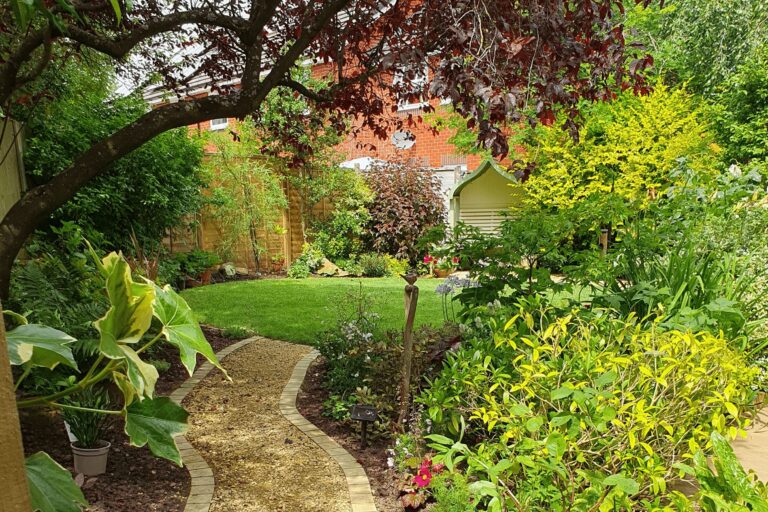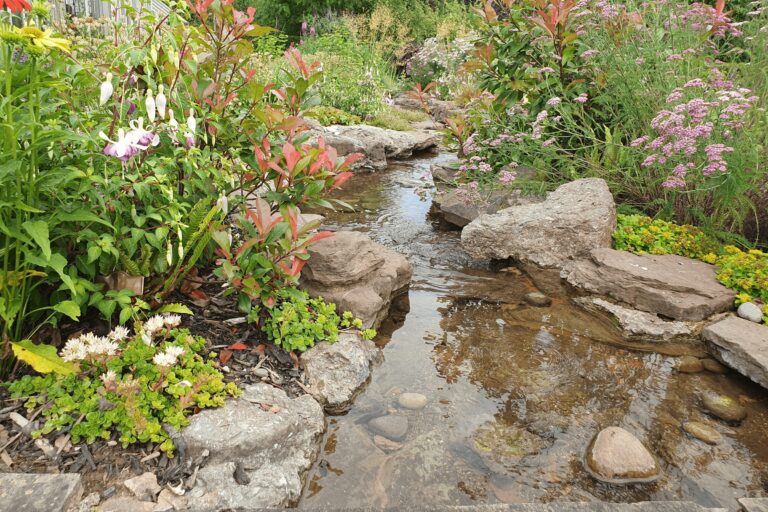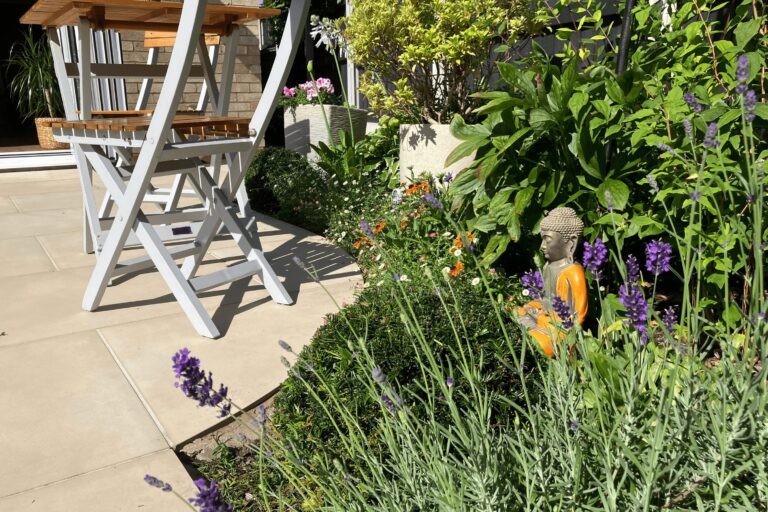So, you've got your very own patch of outdoor space and a vision of lying on a lounger sipping something cool while the bees buzz in your colourful flowerbeds? Gardening can be an incredibly rewarding experience, connecting you with nature and adding immeasurable beauty and value to your home. But where do you begin if your thumbs aren’t so much green with skill but with inexperience? This guide will walk you through six essential things to consider before you start on your garden journey.
1. Know Your Garden Inside Out
Before you get carried away with visions of vibrant blooms and overflowing vegetable beds, take a long, hard look at your garden. Understanding its characteristics is the foundation of successful gardening. This involves several key elements:
What kind of soil do you have? Is it sandy and free-draining, clay-heavy and prone to waterlogging, or a lovely, balanced loam? You can often tell by the feel and how it behaves when wet. Consider a simple soil test kit to get a more accurate picture of its pH and nutrient levels. This knowledge will dictate which plants will thrive in your particular soil. Much of Worcestershire (where I’m based) is on slightly acidic clay – great for holding onto nutrients, hard to work in the summer!
Which direction does your garden face? A south-facing garden basks in sunshine for most of the day, while a north-facing one will be predominantly in shade. East and west-facing gardens offer a mix; and existing trees and building structures will impact the level of sun vs shade, too. Understanding the amount of sunlight different areas receive throughout the day is crucial for plant selection, as some prefer shade while others need lots of sun. I love creating planting plans for shady spots; and consider no aspect to be more difficult than others, if you know what you’re doing.
The UK enjoys a temperate climate, but there are regional variations in rainfall, temperature ranges, and the length of the growing season. Someone in Cornwall will have a vastly different experience to someone in the Scottish Highlands, for example. Be aware of your local climate when choosing plants. Here in the Midlands, we have an interesting mix – West of the Malvern Hills there is significantly less rainfall than the Eastern side, due to the protective effect of the Hills themselves. If in doubt, ask garden centre staff who will be able to advise.
What happens on wet days in your garden? Does rainwater drain away quickly, or do you get puddles? Poor drainage can be the death knell for many plants. Identifying areas with drainage issues early on will inform your planting choices and potentially necessitate drainage solutions. New build estates in particular suffer from compaction, but fortunately, de-compacting the soil by thoroughly digging it over often fixes the problems.

2. Define your Dream
Gardening is a personal journey, and your garden should reflect your tastes and preferences. Take some time to consider what you truly like; for example, do you adore the cottage garden look with overflowing borders of colourful flowers or are you drawn to the sleek lines of modern architectural planting? Perhaps you dream of a productive vegetable patch or a fragrant herb garden? Browse gardening books, magazines, and online resources to discover plants that excite you. Consider flower colours, foliage textures, and seasonal interest. Pinterest is an excellent resource where you can create an online mood-board with your preferred ideas.
3. Plot your Purpose
A garden can be many things to many people. Understanding its primary function will heavily influence its design and planting. Do you plan on hosting barbecues and garden parties? This might necessitate a spacious patio area, comfortable seating, and perhaps an outdoor kitchen; or perhaps your garden needs to be a sanctuary for unwinding after a long day? You might want to consider creating quiet corners with comfortable benches, fragrant plants, trickling water, and maybe a hammock for warm evenings reading, whereas if you have children or pets, you'll need to factor in open lawn areas for games and safe, durable planting choices. Visions of the Good Life will lead you towards vegetable beds, fruit trees, and perhaps a greenhouse, whereas if you're passionate about nature, you might prioritise planting that attracts pollinators, providing bird feeders, and creating habitats for beneficial insects like planting UK native plants and installing elements like a wildlife pond and maybe a hedgehog house. My specialism is creating wildlife-friendly gardens that will delight you every day while offering a home for nature, so I’m happy to help in this regard!

4. Choose Wisely
Gardening, while rewarding, requires time and effort. Be realistic about how much you can dedicate to its upkeep, as there will be frequent tasks such as weeding, watering, deadheading, and mowing that need to be factored into your routine, especially during the growing season. Pruning, mulching, feeding, and tidying are seasonal tasks that require more significant time investments. Saying that, though, different plants have varying needs. Some are low maintenance, while others demand more attention. Research the specific requirements of the plants you choose, while being honest with yourself about your available time and energy levels. If you have a busy lifestyle, opting for low-maintenance planting schemes and features might be a wiser choice. Many of my clients have little time or expertise, and I love creating a garden they’re confident they can keep looking good!

5. Count the Pennies
Gardening can range from a relatively inexpensive hobby to a significant investment. It's crucial to establish a realistic budget for both the initial setup and ongoing maintenance, which includes the cost of plants, seeds, soil improvements, tools, furniture, hard landscaping materials, and potentially, labour if you hire professionals. Car boot sales are a source of excellent plants and second-hand tools, as well as online marketplaces, so you don’t have to buy everything new – and second-hand is better for the environment, too. You’ll need to factor in the ongoing expenses of compost, fertilisers, pest control, watering (especially during dry spells), tool upkeep and replacing broken equipment. If your budget is limited, consider tackling your garden in phases, focusing on key areas first and gradually expanding as funds allow.
6. Hire some Help
There's no shame in admitting when you're out of your depth. Knowing when to call in the experts can save you time, money, and potential heartache. If you're planning significant structural alterations, such as building walls, laying patios, or installing complex water features, a professional garden designer and landscaper will have the expertise and equipment to handle the job safely and effectively.
A garden designer can help you create a cohesive and visually appealing planting plan that considers your site conditions, preferences, and maintenance capabilities; and if you're struggling with persistent pests, diseases, or soil issues, a horticulturalist or experienced gardener can offer valuable advice and solutions – as a garden designer, I can recommend local experts who have a wealth of knowledge. Talking of knowledge – there's a lot out there! Don't hesitate to seek advice from local nurseries, gardening clubs, or online forums. Experienced gardeners are often happy to share their knowledge.
Embarking on your gardening journey is an exciting prospect. By taking the time to consider these six fundamental aspects, you'll be well-equipped to create a thriving and enjoyable outdoor space that brings you joy for years to come. Happy gardening!


